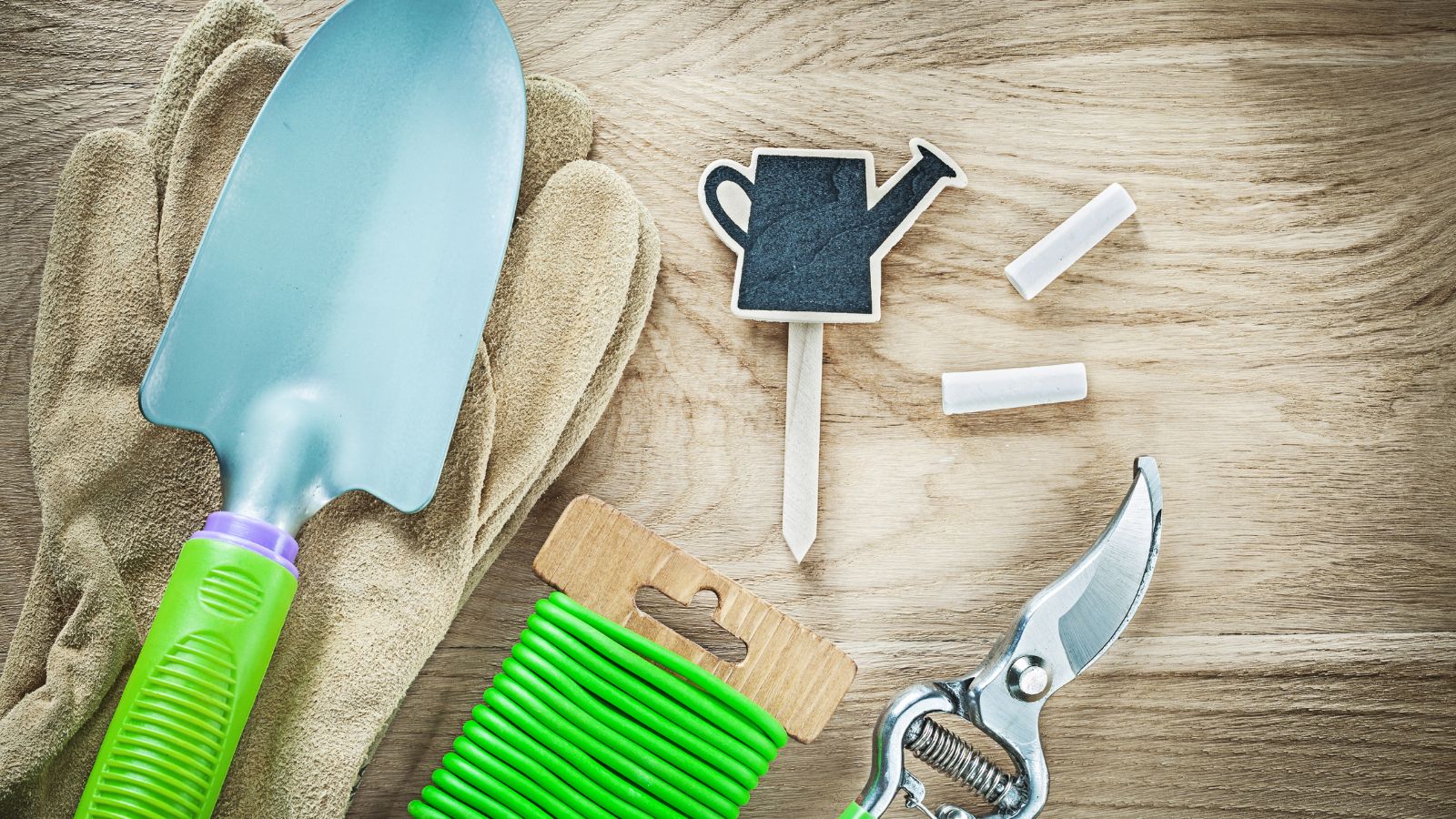
Root extractors are specialized garden tools designed to remove weeds and their roots from the soil, preventing regrowth and promoting healthier gardens. Unlike general-purpose tools like trowels or shovels, root extractors are engineered for precision, targeting the entire root system of invasive plants to ensure complete removal. This article explores the design, functionality, and practical applications of root extractors, highlighting their importance for gardeners, landscapers, and anyone committed to sustainable weed management.
A root extractor, sometimes called a weed puller or root remover, is a handheld or long-handled tool crafted to extract weeds by gripping or piercing their root systems. Typically made from durable materials like rust-resistant stainless steel, root extractors feature a sharp, forked tip or a claw-like mechanism to dig into the soil and grasp the root. The handle, often ergonomic and non-slip, provides a firm grip for applying the necessary force to pull the weed out without breaking the root. Some models include a leverage-enhancing design, such as a fulcrum or foot pedal, to reduce physical effort during extraction.
The primary goal of a root extractor is to remove the entire weed, including its taproot or fibrous root system, to prevent regrowth. Common weeds targeted by root extractors include dandelions, thistles, and crabgrass, which are notorious for their deep or resilient roots. By minimizing soil disturbance and eliminating the need for chemical herbicides, root extractors offer an eco-friendly solution for weed control.
Root extractors operate on a simple yet effective principle: penetrate the soil, secure the root, and extract the weed in one motion. The process typically involves the following steps:
Locate the Weed: Identify the target weed and position the root extractor directly above its base, where the stem meets the soil.
Insert the Tool: Push the forked tip or claw of the extractor into the soil, aiming to encircle or pierce the root. For deeper roots, apply steady pressure or use a foot pedal to drive the tool further.
Engage the Root: Depending on the design, twist, tilt, or clamp the tool to grip the root securely. Some extractors have a mechanism that closes around the root to ensure a firm hold.
Extract the Weed: Pull the tool upward, using the handle or leverage system to lift the weed and its root system out of the soil. The goal is to remove the entire root without leaving fragments that could regrow.
Dispose and Repeat: Shake off excess soil, dispose of the weed, and repeat the process for other weeds.
The design of root extractors minimizes physical strain and soil disruption, making them suitable for use in delicate areas like flower beds or vegetable gardens. Advanced models may include features like telescoping handles for adjustable reach or spring-loaded mechanisms for easier root release.
Root extractors are versatile tools with a wide range of applications in gardening and landscaping. Their primary uses include:
Weed Control: Root extractors are ideal for removing deep-rooted weeds from lawns, garden beds, and pathways. By extracting the entire root, they prevent weeds from regenerating, reducing the need for repeated treatments.
Soil Preparation: Beyond weed removal, root extractors can loosen soil for planting or transplanting. Their precise digging action is perfect for creating small holes or aerating compacted soil.
Eco-Friendly Gardening: By eliminating the need for chemical herbicides, root extractors support sustainable gardening practices. They help maintain soil health and protect beneficial plants and insects.
Landscaping Maintenance: Professional landscapers use root extractors to maintain pristine landscapes, tackling invasive plants without damaging surrounding turf or ornamental plants.
Specialized Tasks: In nurseries or plant engineering, root extractors assist in removing unwanted plants from pots or preparing soil for new plantings. They are also useful in urban gardens and shopping mall greenery for targeted weed management.
Root extractors are particularly effective for weeds with long taproots, such as dandelions, or those with extensive root networks, like bindweed. Their versatility makes them a valuable tool for both amateur gardeners and professionals.
The popularity of root extractors stems from their numerous advantages:
Efficiency: Root extractors remove weeds quickly and completely, saving time compared to manual pulling or digging.
Precision: Their targeted design minimizes damage to surrounding plants and soil, preserving the garden’s aesthetic and health.
Sustainability: By avoiding chemical herbicides, root extractors promote environmentally friendly gardening practices.
Durability: Made from high-quality materials like stainless steel, these tools are built to withstand repeated use and harsh outdoor conditions.
Ease of Use: Ergonomic handles and leverage systems reduce physical effort, making root extractors accessible to users of all ages and abilities.
When selecting a root extractor, consider the following factors:
Material: Opt for rust-resistant stainless steel or carbon steel for durability and longevity.
Handle Design: Choose a non-slip, ergonomic handle for comfort, especially for prolonged use. Long-handled models are ideal for standing operation, while handheld versions offer precision in tight spaces.
Mechanism: Look for features like a foot pedal, fulcrum, or spring-loaded release for easier extraction and reduced strain.
Size and Weight: Ensure the tool is lightweight yet sturdy, balancing portability with strength.
Intended Use: Match the extractor to your needs—handheld for small gardens, long-handled for larger lawns, or heavy-duty for professional landscaping.
Brands like Linkwin and Twist-HD offer high-quality root extractors with American-style designs, combining functionality with aesthetic appeal. Always check product specifications, such as those for the Twist-HD root extractor (made in Jiangsu, China, with a metal construction), to ensure compatibility with your gardening tasks.
To maximize the performance of a root extractor, follow these tips:
Work on Moist Soil: Use the tool after rain or watering, as moist soil makes root extraction easier and reduces breakage.
Clean the Tool: Remove soil and debris after each use to prevent rust and maintain sharpness.
Target Young Weeds: Extract weeds early in their growth cycle to prevent deep root establishment.
Use Proper Technique: Apply steady, controlled force to avoid snapping the root or damaging the tool.
Combine with Other Tools: Pair the root extractor with tools like the Large Metal Scoop Shovel or Stainless Steel Pruning Shears for comprehensive garden maintenance.
Root extractors are indispensable tools for anyone looking to maintain a healthy, weed-free garden without relying on harmful chemicals. Their precision, durability, and eco-friendly design make them a favorite among home gardeners, landscapers, and sustainability enthusiasts. By understanding how to use root extractors effectively and choosing the right model for your needs, you can streamline your gardening tasks and enjoy a thriving, beautiful outdoor space. Whether you’re tackling dandelions in a backyard lawn or preparing soil in a nursery, a root extractor is your key to efficient, sustainable weed control.











We use cookies to make the website work, to provide advanced features, social media and traffic analysis, and we use analytics and third-party advertising cookies. If you choose to click "Deny All", you will retain the default setting of not allowing the use of cookies or other tracking tools other than technical tools.



